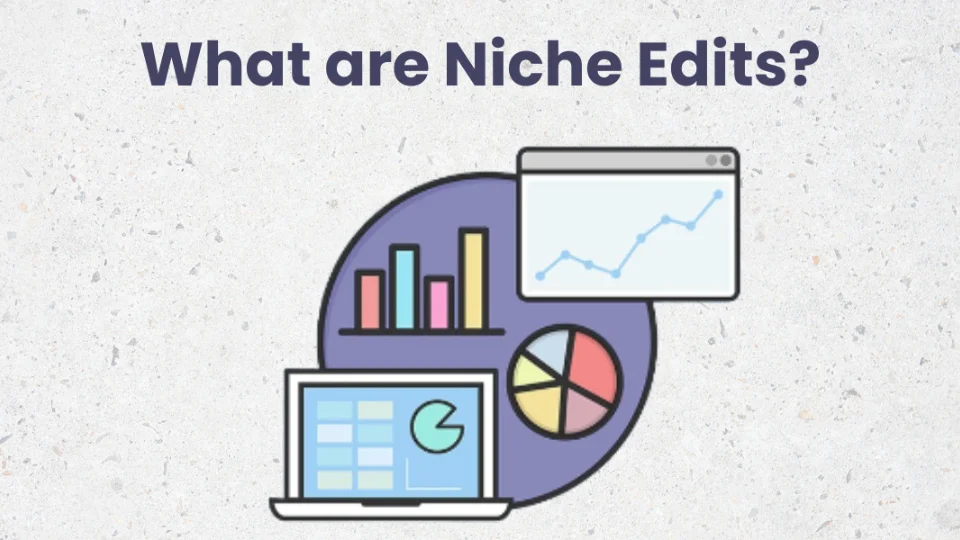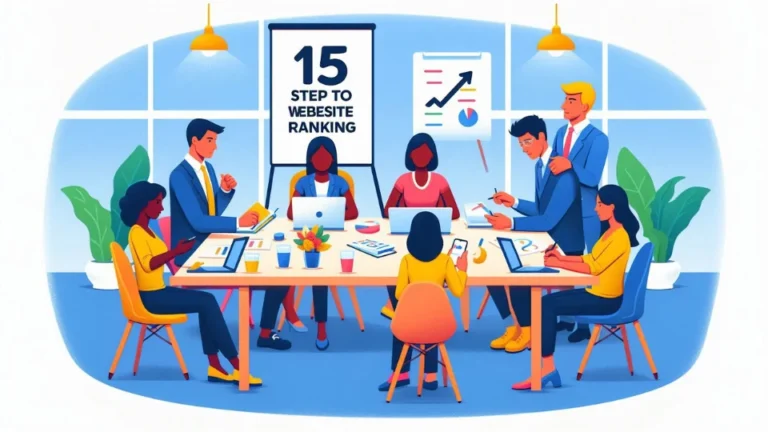What Are Niche Edits And Do They Work? A 2025 SEO Guide
If you’re diving into the world of SEO, you may have come across the term niche edits. But what are niche edits exactly, and more importantly, do they work?
In this guide, we’ll explore everything you need to know about niche edits—how they work, why they’re used, and whether they’re still effective in 2025.
What Are Niche Edits?

Niche edits, also known as contextual backlinks or curated links, are links placed within existing content on a website. Instead of writing a new guest post or blog, you’re getting your link inserted into a piece of content that’s already published and indexed by search engines.
These links are usually:
- Added to aged, authority articles
- Contextually relevant to your niche
- Surrounded by natural, related text
This makes them appear more natural to Google than freshly published content or obvious link placements.
How Do Niche Edits Work?

Here’s a quick breakdown of how niche edits are typically done:
- Find relevant websites with content already ranking in your niche.
- Reach out to the site owner or use a link vendor.
- Suggest an anchor text and link URL to insert into an existing article.
- Pay a fee (usually), and the link gets added.
Since the content is already indexed and potentially getting traffic, Google may trust it more, giving your link extra “SEO juice.”
Niche Edits vs Guest Posts: What’s the Difference?

| Feature | Niche Edits | Guest Posts |
|---|---|---|
| Content Type | Existing content | New, custom-written content |
| Speed of Results | Faster (already indexed) | Slower (new page needs indexing) |
| Cost | Usually lower | Often higher due to content creation |
| Contextual Relevance | High (within aged content) | Medium to high (depends on topic match) |
| Risk of Detection | Lower (looks natural) | Moderate (if poorly written/spammy) |
Pros and Cons of Niche Edits
Pros
- Faster indexing since you’re using aged content
- Improved trust from Google thanks to authority pages
- Natural placement within related content
- Cost-effective compared to full guest posts
Cons
- Potential link spam if the site sells links heavily
- Less control over the surrounding content
- Possible penalties if done at scale on low-quality sites
Are Niche Edits Safe in 2025?
Yes—if done correctly. Google’s algorithm has evolved, but it still values high-quality, contextual backlinks. The key is to:
- Use relevant, high-authority sites
- Avoid sites that sell links openly
- Keep your anchor text natural
- Don’t build too many links too fast
When used responsibly, niche edits remain a solid white-hat or grey-hat SEO tactic.
How to Get Niche Edits (The Right Way)
You have two main options:
1. Do It Yourself
- Research and find relevant blog posts in your niche
- Reach out with a personalized email
- Offer value or compensation to get your link placed
2. Use a Niche Edit Service
There are many link building agencies that specialize in niche edits. Just make sure they:
- Vet the domains for quality
- Provide you with a report
- Offer refund or replacement options
When Should You Use Niche Edits?
- You’re working with a limited budget
- You want faster results than guest posting
- You’re in a competitive niche and need authority backlinks
- You already have content and want to boost specific pages
They work great as part of a diversified link building strategy.
FAQ: Niche Edits
Q1: Are niche edits black hat SEO?
A: Not necessarily. If placed naturally and on quality sites, they fall into grey-hat or even white-hat territory.
Q2: Do niche edits really help rankings?
A: Yes, especially if they come from authoritative, relevant pages.
Q3: Can I use exact match anchor text?
A: You can, but mix it with branded and generic anchors to stay safe.
Q4: What’s a fair price for a niche edit?
A: It ranges from $30 to $300 depending on the domain authority and traffic.
Q5: How many niche edits should I get?
A: Start small (5–10), monitor results, and scale gradually.
Conclusion: Do Niche Edits Work?
In 2025, niche edits absolutely work—if you do them right. They offer a fast, cost-effective way to boost your rankings and authority, especially when combined with other strategies like content marketing, internal linking, and technical SEO.
Just remember: quality over quantity. Choose trustworthy websites, keep things natural, and track your progress.







